Home>Gardening & Outdoor>Plant Care & Gardening Tips>How Do You Keep Mums Alive
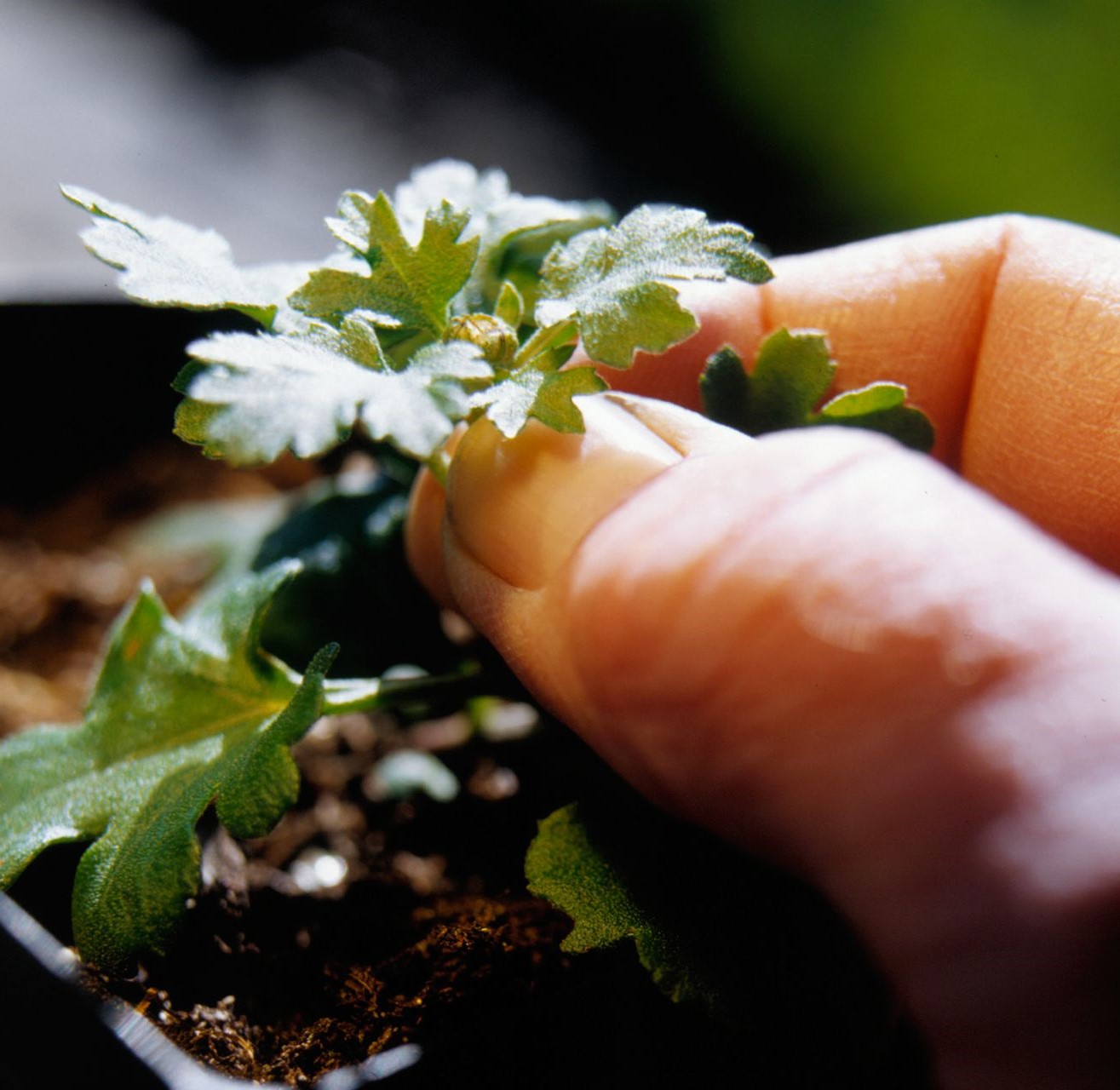

Plant Care & Gardening Tips
How Do You Keep Mums Alive
Modified: March 2, 2024
Discover essential plant care and gardening tips to keep mums alive and thriving. Learn expert advice on watering, sunlight, and soil for healthy, vibrant mums.
(Many of the links in this article redirect to a specific reviewed product. Your purchase of these products through affiliate links helps to generate commission for Storables.com, at no extra cost. Learn more)
Introduction
Mums, scientifically known as Chrysanthemums, are vibrant and versatile flowering plants that have become a staple in many gardens and floral arrangements. Their stunning array of colors and ability to thrive in various climates make them a popular choice for both seasoned gardeners and beginners. However, successfully nurturing these beautiful blooms requires a combination of knowledge, care, and attention to detail.
In this comprehensive guide, we will delve into the essential aspects of caring for mums, from selecting the ideal location for planting to protecting them from pests and diseases. Whether you're a gardening enthusiast looking to enhance your outdoor space or a novice eager to cultivate your green thumb, this article will equip you with the knowledge and tips needed to keep your mums flourishing throughout the seasons.
Let's embark on a journey to discover the art of nurturing these enchanting flowers, understanding their unique needs, and mastering the techniques that will ensure their longevity and vibrancy in your garden. Whether you're drawn to the fiery hues of red and orange mums or the serene beauty of pink and lavender varieties, this guide will empower you to create a thriving environment for these captivating blooms.
Key Takeaways:
- Choose a sunny, well-drained spot with protection from strong winds to keep mums thriving. Adequate spacing and proper soil pH are essential for their health and vibrant blooms.
- Regular pruning, deadheading, and overwintering care are crucial for maintaining the beauty and resilience of mums. Protect them from pests and diseases to ensure a flourishing garden display.
Read more: How To Keep Greenery Alive
Choosing the Right Location
Selecting the optimal location for planting your mums is a crucial first step in ensuring their health and vitality. These resilient plants thrive in areas that receive ample sunlight, typically requiring at least six hours of direct sunlight each day. When choosing a spot for your mums, prioritize areas with good air circulation to prevent the development of fungal diseases. Additionally, consider the following factors to provide an ideal environment for your mums to flourish:
-
Sunlight Exposure: Mums thrive in full sunlight, so it's essential to identify a location in your garden that receives abundant sunlight throughout the day. Areas with eastern or southern exposure are particularly favorable, as they receive the most sunlight during the crucial morning and early afternoon periods.
-
Soil Drainage: Opt for well-draining soil to prevent waterlogging, which can lead to root rot and other moisture-related issues. Mums prefer soil that retains moisture without becoming waterlogged, making a well-draining, loamy soil the ideal choice for their cultivation.
-
Protection from Harsh Elements: While mums appreciate sunlight, they also benefit from some protection against strong winds and heavy downpours. Consider planting them in a location shielded from harsh elements, such as a gentle slope or an area with natural windbreaks.
-
Space for Growth: Ensure that the chosen location provides ample space for the mums to grow and spread. Adequate spacing between plants promotes air circulation and reduces the risk of fungal diseases, ultimately contributing to the overall health of the mums.
By carefully considering these factors and selecting a location that meets the specific needs of mums, you can establish an optimal environment for their growth and development. With the right location secured, your mums will be poised to thrive and grace your garden with their resplendent blooms.
Watering and Soil Requirements
Proper watering and soil conditions are fundamental to the health and longevity of mums. These resilient plants thrive in well-draining soil and require consistent moisture to support their growth and blooming cycles. Understanding the specific watering and soil requirements of mums is essential for cultivating a thriving garden. Let's explore the key considerations for watering and soil maintenance to ensure the optimal health of your mums.
Soil Composition
Mums thrive in well-draining soil that retains moisture without becoming waterlogged. A balanced soil composition, characterized by a mix of organic matter and good drainage, is crucial for their development. Consider amending the soil with organic compost to enhance its structure and fertility. This enriches the soil with essential nutrients and promotes a healthy root system, which is vital for the overall well-being of the plants.
Watering Practices
Establishing a consistent watering routine is essential for mums, especially during their active growth phases. While mums require regular moisture, it's important to avoid overwatering, which can lead to root rot and other moisture-related issues. Aim to water the plants deeply, ensuring that the moisture reaches the root zone. A thorough watering once or twice a week, depending on the weather conditions, is generally sufficient to maintain optimal soil moisture levels.
Read more: How To Keep Grass Alive
Mulching Benefits
Applying a layer of organic mulch around the base of mums offers multiple benefits. Mulch helps regulate soil temperature, retains moisture, and suppresses weed growth, creating a favorable environment for the plants. Additionally, mulch acts as a protective barrier, shielding the soil and roots from extreme temperature fluctuations and erosion. When applying mulch, ensure that it is spread evenly and does not come into direct contact with the stems to prevent potential issues such as stem rot.
Soil pH and Fertilization
Mums thrive in slightly acidic to neutral soil with a pH range between 6.5 and 7.0. Regularly testing the soil pH and making necessary adjustments ensures that the mums have access to the appropriate nutrients. Fertilizing mums with a balanced, slow-release fertilizer during their active growth periods can further support their nutritional needs. However, it's important to avoid excessive fertilization, as this can lead to an imbalance and negatively impact the plants' health.
By maintaining well-draining soil, implementing proper watering practices, and providing essential nutrients, you can create an optimal environment for mums to thrive. Understanding the intricate relationship between soil health and watering techniques is key to nurturing robust and vibrant mums in your garden. With these insights, you are equipped to cultivate a flourishing haven for these captivating blooms.
Fertilizing Tips
Fertilizing plays a pivotal role in nurturing the health and vibrancy of mums, providing essential nutrients that support their growth and blooming cycles. Understanding the optimal fertilizing techniques and schedules is crucial for cultivating robust and resilient mums in your garden. Let's delve into the key considerations and best practices for fertilizing mums to ensure their long-term vitality.
Choosing the Right Fertilizer
Selecting the appropriate fertilizer is the first step in providing mums with the essential nutrients they need to thrive. A balanced, slow-release fertilizer with a formulation such as 10-10-10 or 12-12-12 is well-suited for mums. These formulations indicate the ratio of nitrogen, phosphorus, and potassium, respectively, which are vital for promoting healthy foliage, strong root development, and vibrant blooms. Additionally, opting for a fertilizer specifically formulated for flowering plants can provide targeted support for the blooming phase of mums.
Read more: When Do You Prune Mums
Timing and Frequency
Establishing a consistent fertilizing schedule is essential for mums, ensuring that they receive the necessary nutrients at key stages of their growth. Begin fertilizing mums in early spring as new growth emerges, providing a gentle boost to support their initial development. Subsequently, apply fertilizer every 4 to 6 weeks throughout the growing season, tapering off applications by late summer to avoid stimulating new growth that may be vulnerable to frost damage.
Application Techniques
When applying fertilizer to mums, it's important to distribute it evenly and avoid direct contact with the foliage to prevent potential burning. Gently work the fertilizer into the soil around the base of the plants, ensuring that it reaches the root zone where it can be readily absorbed. Water the mums after fertilizing to facilitate the uptake of nutrients and promote their efficient utilization by the plants.
Avoiding Excessive Fertilization
While providing essential nutrients is crucial, it's equally important to avoid over-fertilizing mums, as this can lead to adverse effects on their health. Excessive fertilization can result in an imbalance of nutrients, potentially causing issues such as excessive foliage growth at the expense of blooms. By adhering to a balanced fertilizing schedule and using the appropriate formulations, you can support the overall well-being of your mums without overwhelming them with excessive nutrients.
Organic Alternatives
For those inclined towards organic gardening practices, organic fertilizers such as compost, well-rotted manure, or fish emulsion can serve as effective alternatives. These natural fertilizers enrich the soil with organic matter and beneficial microorganisms, promoting long-term soil health and sustainability while providing mums with a rich source of nutrients.
By incorporating these fertilizing tips into your gardening routine, you can nurture robust and vibrant mums that grace your garden with an abundance of captivating blooms. Understanding the nuances of fertilizing mums empowers you to provide them with the essential nutrients they need to thrive, ensuring their enduring beauty and vitality throughout the seasons.
Pruning and Deadheading
Pruning and deadheading are essential practices for maintaining the health, appearance, and blooming capacity of mums. By understanding the nuances of these techniques, you can effectively promote robust growth and encourage the continuous production of vibrant blooms in your garden.
Pruning Techniques
Pruning mums involves the strategic removal of specific parts of the plant to shape its growth, enhance its overall appearance, and stimulate healthy development. In early spring, as new growth emerges, it's beneficial to prune the mums to encourage branching and create a more compact, bushy form. Using clean, sharp pruning shears, selectively trim the top inch or two of the new growth, which helps promote lateral branching and results in a fuller, more abundant display of blooms.
Additionally, throughout the growing season, inspect the mums for any damaged, diseased, or dead foliage and promptly remove these undesirable elements. By eliminating compromised or decaying plant material, you not only improve the aesthetic appeal of the mums but also mitigate the risk of diseases spreading and detracting from the plants' vitality.
Deadheading for Continuous Blooms
Deadheading, the process of removing spent or faded flowers, is a fundamental practice for prolonging the blooming period of mums. As individual blooms begin to fade and lose their vibrancy, use your fingers or pruning shears to carefully snip them off just above the nearest set of healthy leaves or lateral bud. By deadheading regularly, you redirect the plant's energy from seed production back into the growth of new buds and blooms, thereby extending the flowering season and promoting a more abundant floral display.
Moreover, deadheading prevents the formation of seed heads, which can divert the plant's resources and inhibit the production of new flowers. By consistently removing spent blooms, you encourage the mums to focus on continuous blooming, resulting in a more prolific and visually appealing floral showcase in your garden.
Benefits of Pruning and Deadheading
Pruning and deadheading not only contribute to the aesthetic appeal of mums but also play a crucial role in maintaining their overall health and vigor. By promoting a compact, well-branched growth habit through strategic pruning, you create a sturdy framework for the mums to support their profusion of blooms. Additionally, the removal of spent flowers via deadheading encourages the plants to allocate their resources towards new growth and blooming, ultimately enhancing the longevity and vibrancy of the floral display.
Incorporating regular pruning and deadheading into your gardening routine empowers you to cultivate mums that exhibit robust growth, abundant blooms, and enduring vitality. These practices are integral to nurturing healthy, resilient mums that consistently grace your garden with their captivating beauty throughout the growing season.
Read more: How Do You Take Care Of Mums
Protecting from Pests and Diseases
Protecting mums from pests and diseases is essential for maintaining their health and ensuring a vibrant display of blooms in your garden. By implementing proactive measures and staying vigilant against potential threats, you can safeguard your mums from common pests and diseases that may compromise their vitality. Let's explore effective strategies for protecting mums from these potential adversaries.
Vigilant Inspection
Regularly inspecting your mums for signs of pests and diseases is a fundamental aspect of proactive protection. Keep a watchful eye on the foliage, stems, and blooms, looking for any unusual discoloration, wilting, or damage. Common pests that may target mums include aphids, spider mites, and caterpillars, while diseases such as powdery mildew and leaf spot can pose significant threats. By promptly identifying any issues, you can take timely action to mitigate their impact and prevent the spread of infestations or infections.
Natural Predators and Beneficial Insects
Encouraging the presence of natural predators and beneficial insects in your garden can serve as a valuable line of defense against pests. Ladybugs, lacewings, and predatory mites are examples of beneficial insects that prey on common garden pests, helping to naturally control their populations. Additionally, fostering a biodiverse ecosystem in your garden can attract a variety of beneficial insects that contribute to the overall balance and health of the environment, reducing the likelihood of pest infestations.
Cultural Practices
Adopting sound cultural practices can fortify the resilience of mums against pests and diseases. Maintaining proper spacing between plants promotes good air circulation, reducing the risk of fungal diseases such as powdery mildew. Furthermore, avoiding overhead watering and instead directing water to the base of the plants minimizes moisture on the foliage, which can deter the development of fungal infections. Additionally, removing and disposing of any diseased or infested plant material promptly can prevent the spread of pests and diseases to healthy mums.
Read more: What Do You Cover Mums With For Frost
Organic Pest Control
Utilizing organic pest control methods offers an environmentally friendly approach to managing pests while safeguarding the health of mums. Neem oil, insecticidal soaps, and horticultural oils are effective organic options for controlling common pests without harming beneficial insects or disrupting the natural balance of the garden ecosystem. These natural remedies provide targeted pest control while minimizing the impact on the overall environment, making them a preferred choice for eco-conscious gardeners.
Disease-Resistant Varieties
Selecting disease-resistant varieties of mums can proactively reduce the susceptibility of the plants to common fungal diseases. When choosing mums for your garden, consider varieties that exhibit natural resistance to prevalent diseases, thereby minimizing the need for extensive intervention and maintenance. Disease-resistant mums offer an added layer of protection, enhancing the overall resilience of your garden against potential disease outbreaks.
By integrating these protective measures into your gardening practices, you can create a robust defense against pests and diseases, ensuring the sustained health and vitality of your mums. With a proactive and holistic approach to protection, you can cultivate a thriving garden adorned with resilient and captivating mums, free from the detrimental impact of pests and diseases.
Overwintering Techniques
As the vibrant blooms of mums gracefully transition through the seasons, preparing these resilient plants for the challenges of winter is essential to ensure their enduring vitality. Overwintering techniques play a pivotal role in safeguarding mums from the harsh conditions of winter, setting the stage for their resurgence in the following spring. By understanding the nuances of overwintering and implementing strategic measures, you can fortify your mums against the rigors of winter and lay the foundation for their continued health and vibrancy.
Insulating Mulch
Applying a protective layer of insulating mulch around the base of mums serves as a fundamental overwintering practice. As temperatures drop, mulch acts as a thermal blanket, shielding the roots and lower stems of the plants from extreme cold and temperature fluctuations. Organic mulching materials such as straw, shredded leaves, or pine needles provide effective insulation, helping to maintain more stable soil temperatures and protect the mums' root systems from potential frost damage.
Read more: How To Keep Mums Over Winter
Adequate Hydration
Ensuring that mums enter the winter season adequately hydrated is crucial for their resilience. As the growing season draws to a close, gradually reduce watering to allow the plants to acclimate to the impending dormancy. However, it's important to monitor soil moisture levels, especially during dry periods, and provide supplemental watering as needed. Well-hydrated mums are better equipped to withstand the desiccating effects of winter and emerge with vigor as the temperatures rise.
Sheltered Locations
Identifying sheltered locations within your garden can offer additional protection to mums during winter. Areas shielded from harsh winds and extreme weather conditions provide a more favorable microclimate for the plants. Consider positioning mums near natural windbreaks, such as fences or dense shrubbery, to minimize exposure to strong winds that can exacerbate moisture loss and cause desiccation. By strategically placing mums in sheltered spots, you create a conducive environment for their overwintering success.
Pruning Considerations
Pruning mums in late fall, after the first frost, is a prudent overwintering practice that promotes their resilience. Trim the stems of the plants to a height of 3 to 4 inches, removing any remaining foliage and spent blooms. This strategic pruning reduces the plants' overall size, minimizes the risk of disease development, and prepares them for a period of dormancy. Additionally, promptly removing pruned plant material from the garden helps prevent the accumulation of debris that can harbor pests and diseases during winter.
Snow Protection
In regions where snowfall is common, the natural insulation provided by a layer of snow can benefit mums by shielding them from the most severe cold temperatures. However, heavy snow accumulation can also pose a risk of stem breakage and damage to the plants. Gently brushing off excessive snow from the mums, particularly after heavy snowfall, can help prevent structural damage and ensure the plants remain resilient throughout the winter months.
By incorporating these overwintering techniques into your gardening regimen, you can fortify your mums against the challenges of winter and set the stage for their resurgence in the coming spring. With thoughtful preparation and strategic measures, you can nurture mums that emerge from winter's embrace with renewed vitality, ready to grace your garden with their resplendent blooms once again.
Conclusion
In conclusion, the art of nurturing mums encompasses a harmonious blend of attentive care, strategic techniques, and a deep understanding of their unique needs. From selecting the ideal location and providing optimal soil and watering conditions to implementing proactive measures against pests and diseases, every aspect of caring for mums contributes to their enduring health and resplendent beauty in the garden.
As the seasons unfold, the vibrant hues of mums captivate the senses, infusing the outdoor space with a tapestry of colors that evoke a sense of natural wonder. The journey of tending to these enchanting blooms is a testament to the profound connection between humans and the botanical world, where nurturing life becomes an art form in itself.
Through the careful application of pruning and deadheading techniques, gardeners sculpt the growth of mums, fostering a lush and abundant floral display that embodies the essence of vitality and renewal. The meticulous attention to detail in protecting mums from pests and diseases reflects a commitment to preserving the delicate balance of nature, ensuring that these resilient plants thrive in a harmonious ecosystem.
As winter approaches, the thoughtful implementation of overwintering techniques becomes a testament to the enduring resilience of mums. By providing them with the necessary insulation and care, gardeners safeguard the promise of a vibrant resurgence, symbolizing the cyclical nature of life and the enduring spirit of rejuvenation.
In the tapestry of gardening, mums stand as a testament to the enduring beauty and resilience of nature, offering a captivating spectacle that unfolds with each passing season. The journey of nurturing mums transcends the realm of horticulture, becoming a profound expression of stewardship and reverence for the natural world.
As we embrace the art of caring for mums, we embark on a journey of discovery, learning from the intricate rhythms of nature and cultivating a deeper appreciation for the interconnectedness of all living beings. With each tender touch and thoughtful gesture, we contribute to the timeless symphony of life, where the vibrant blooms of mums serve as a poignant reminder of the enduring beauty that flourishes in the embrace of dedicated care and nurturing hands.
Frequently Asked Questions about How Do You Keep Mums Alive
Was this page helpful?
At Storables.com, we guarantee accurate and reliable information. Our content, validated by Expert Board Contributors, is crafted following stringent Editorial Policies. We're committed to providing you with well-researched, expert-backed insights for all your informational needs.



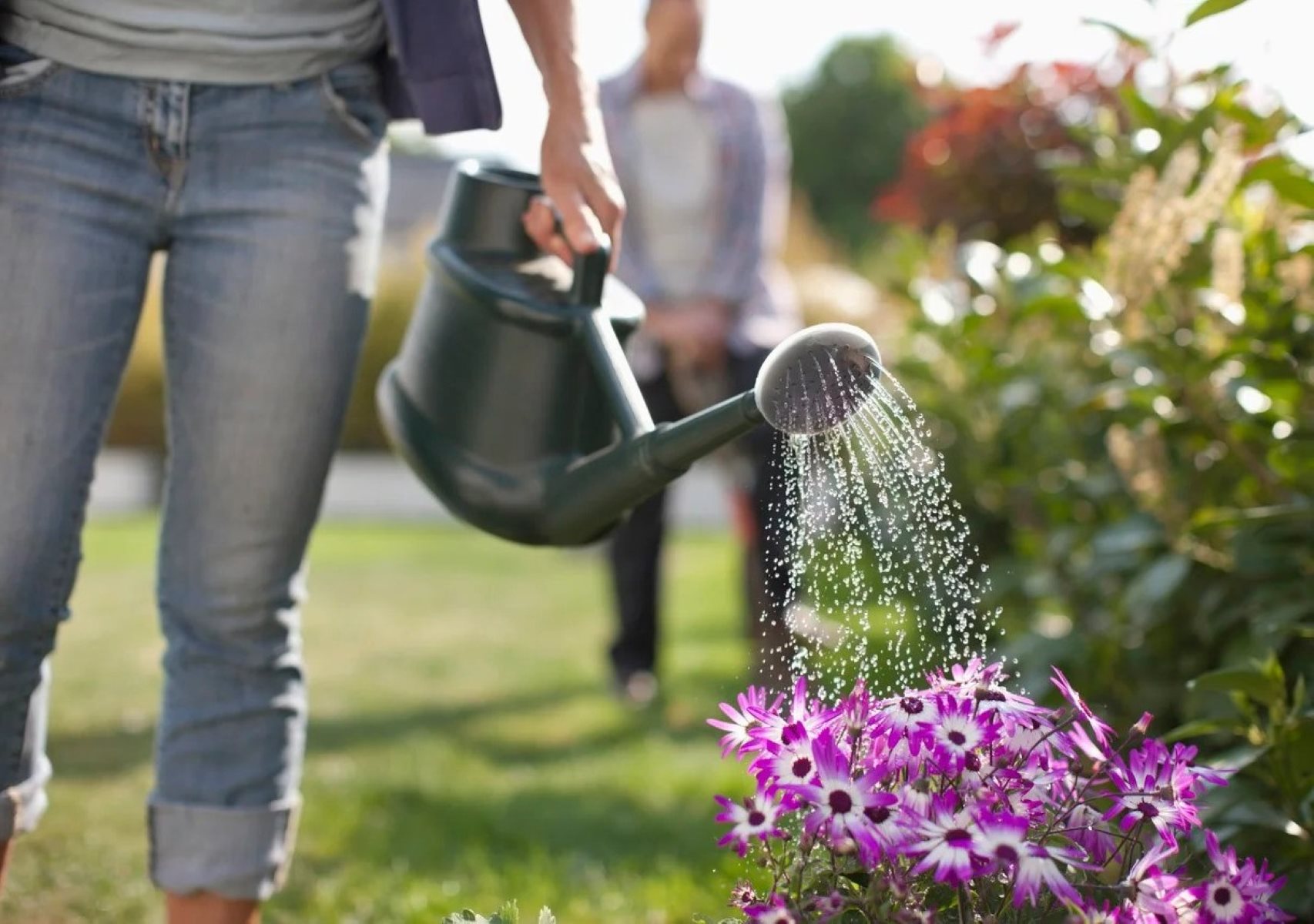

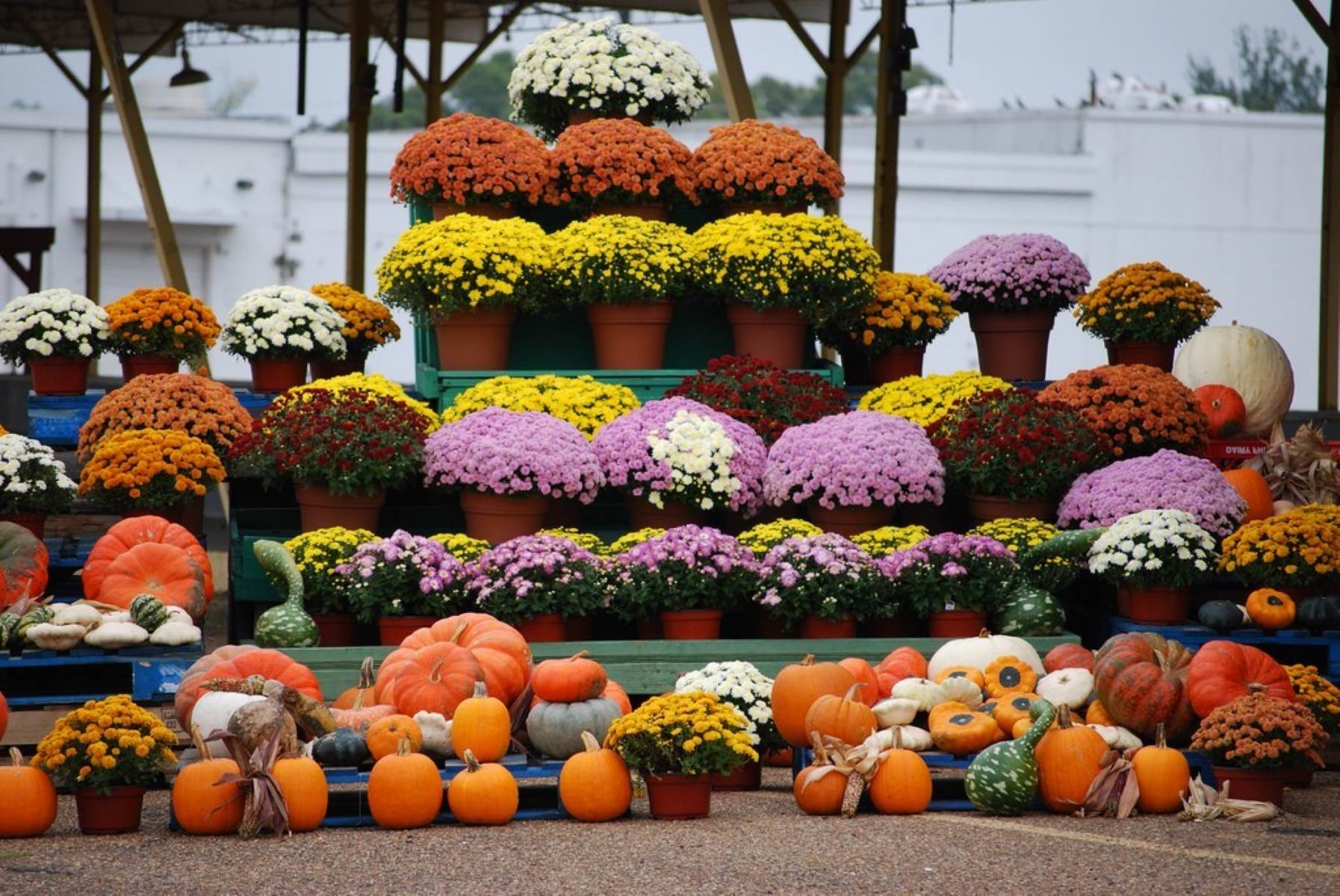
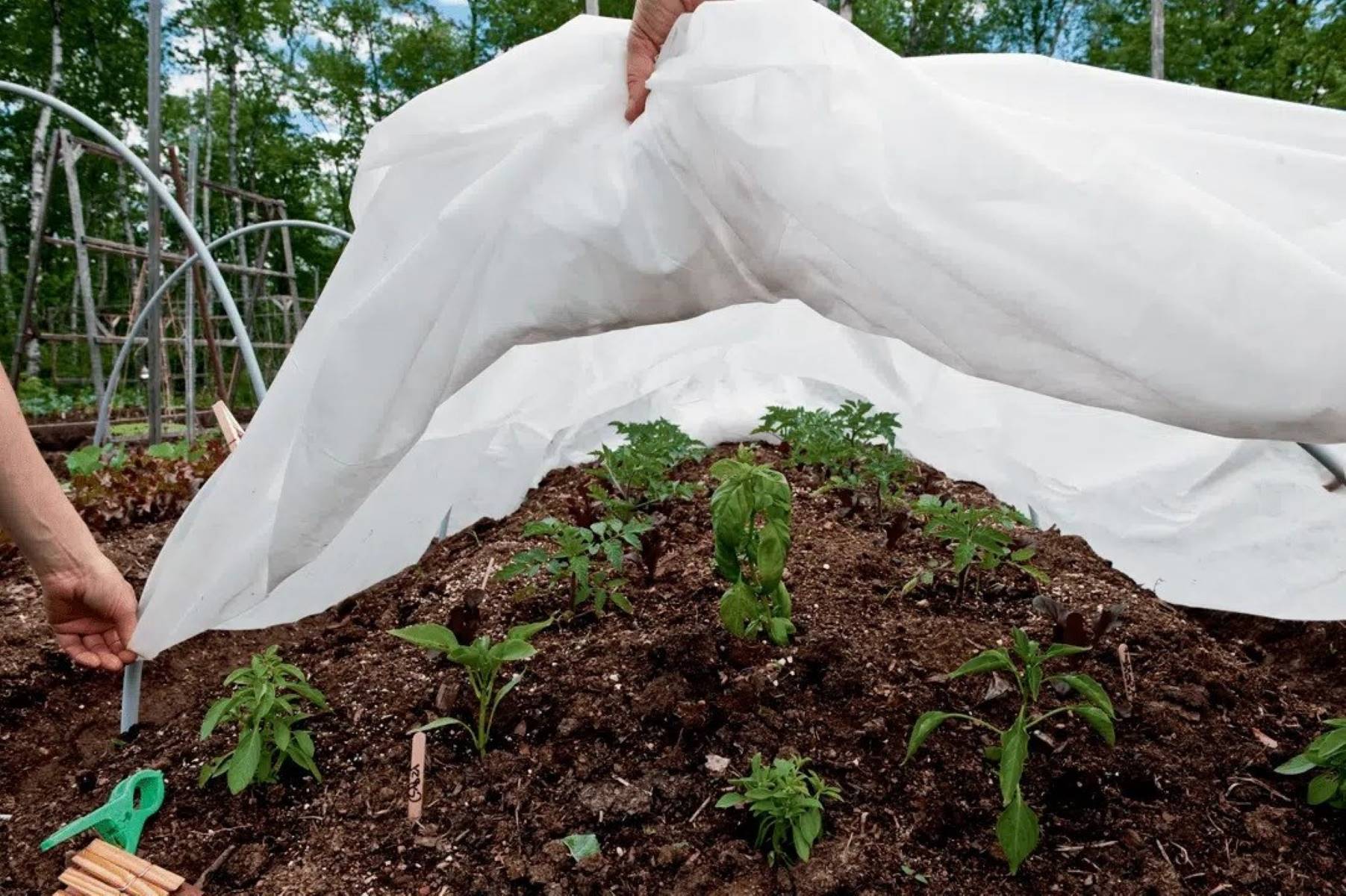
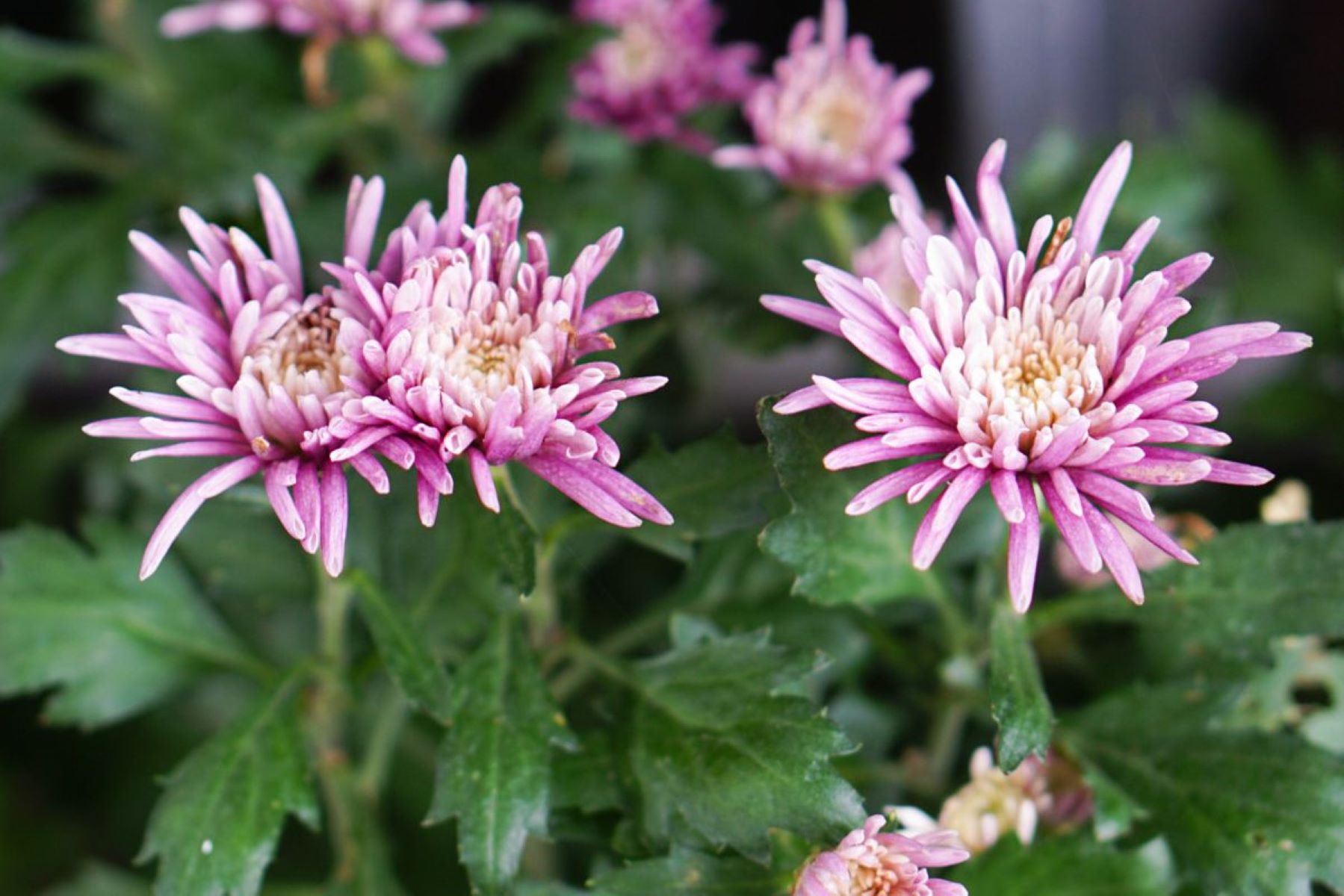

0 thoughts on “How Do You Keep Mums Alive”